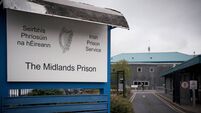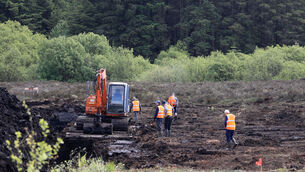Ryanair queries why back-up was not used
Ryanair, which claims the disruption in Dublin cost it €1 million per day, demanded the explanation, as well as the dismissal of the regulator Cathal Guiomard.
The airline said the back-up facility in Shannon was specifically designed to immediately replace or back-up the Dublin radar system in the event of a system failure at Dublin.
On Wednesday, the Dublin radar stopped showing labels telling the air traffic controllers vital information, including the height and speed that the aircraft is travelling at for an hour. The Irish Aviation Authority (IAA) admitted the problem had happened a number of times in recent weeks.
“Despite five weeks of failures by Dublin air traffic controllers (ATCs) the Shannon option was not used,” said Ryanair.
The airline said controllers from Dublin should have been transported to Shannon to operate the back-up system.
It also questioned why the IAA had not been able to provide a manual ATC service at Dublin Airport, when it was only expected to handle 25 arrivals and departures per hour.
“Why was the Shannon back-up radar system not used, which unnecessarily resulted in the cancellation of hundreds of flights stranding thousands of passengers?” said Ryanair’s Jim Callaghan. “It is patently clear that the Aviation Regulator, Cathal Guiomard has been sitting on his hands doing nothing for the last five weeks while airlines and passengers have suffered repeated radar system failures, delays and cancellations at Dublin Airport.”
However, the IAA said the use of the Shannon back-up was not a valid suggestion.
“Air traffic controllers are specialised personnel,” said a spokeswoman.
“Dublin ATC is not qualified to operate Shannon airspace and vice versa.
“That type of contingency, moving controllers down to Shannon, is envisaged for a situation where an air traffic control centre will not be available for weeks. In this case we were back up and running at 50% capacity after an hour.
“If we were to physically move ATCs down to Shannon to set up a system we would still only have been able to operate a limited system.”
Meanwhile, it appears likely the disruption at Dublin Airport will continue into the early part of next week at the earliest.
While the IAA insisted the affected radar system was now operating normally, it said in the interests of safety it had to continue to increase the capacity of the system slowly.
It said it would maintain the system at 80% capacity over the weekend and admitted it did not know when it would be up to 100%.












